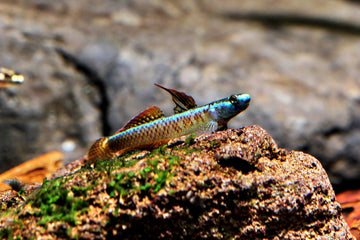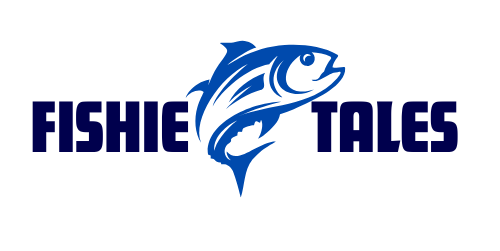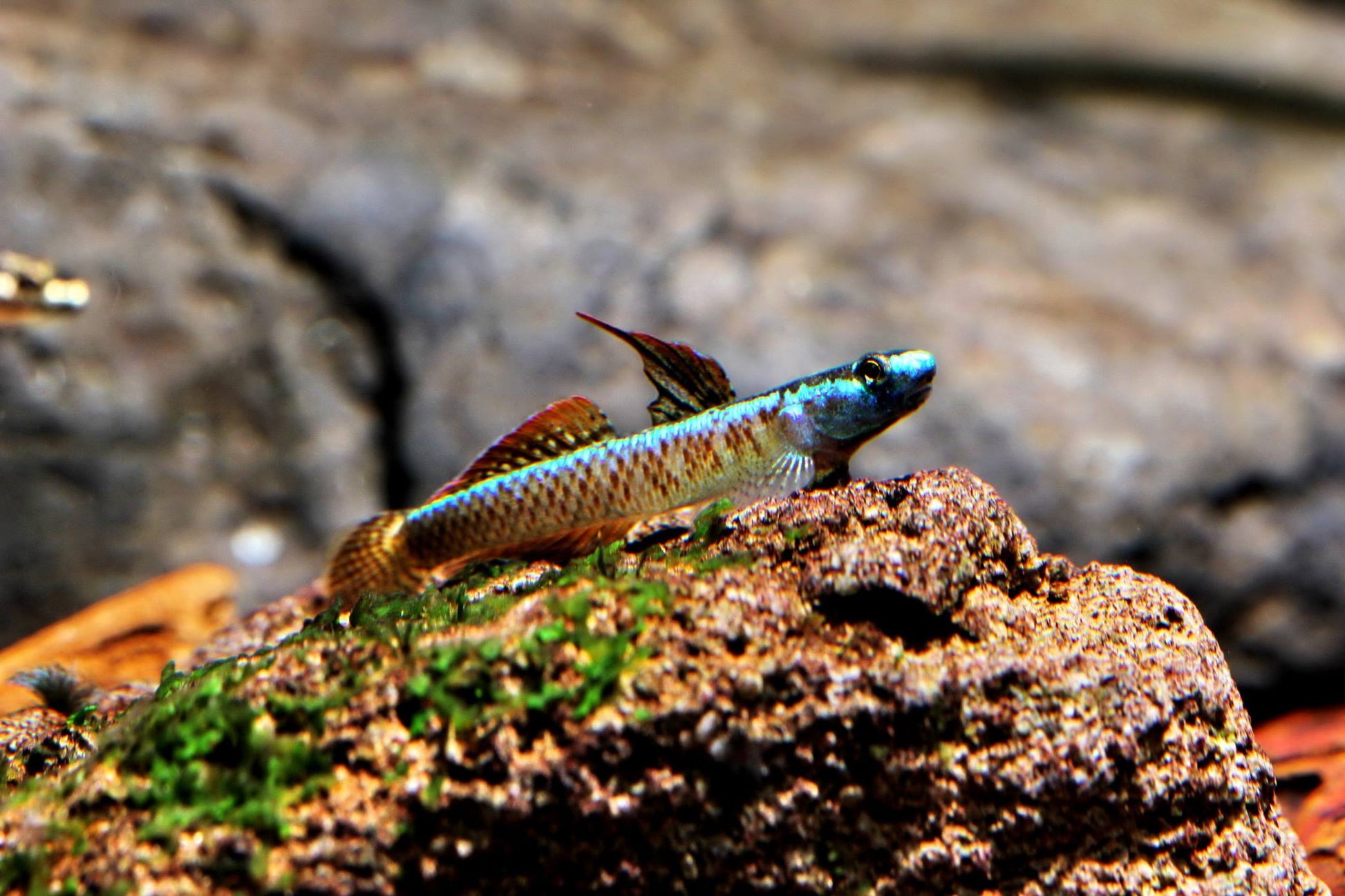Stiphodon percnopterygionus – Blue Neon Goby (6+ cm)
-
Estimated Delivery:Nov 15 - Nov 19
-
UPS Next Day Air Shipping Charges 65$

Stiphodon percnopterygionus – Blue Neon Goby (6+ cm)
The Blue Neon Goby (Stiphodon percnopterygionus) is a small, vibrantly colored freshwater goby found in fast-flowing streams across Japan, Taiwan, and nearby regions. Males display striking iridescent blue and turquoise hues along their body, especially during breeding, while females are more subdued with brown or gray tones. This species is prized in the aquarium hobby for its beauty, peaceful nature, and algae-grazing habits. Like other Stiphodon species, it requires well-oxygenated water and a river-style setup.
Size
-
Current size: ~6+ cm.
-
Adult length: ~6–7 cm (2.5–3 inches).
-
Slender-bodied with fused pelvic fins that act like a suction cup, helping them cling to rocks in strong currents.
Behavior & Social Needs
-
Peaceful, active, and best kept in groups.
-
Males may display territorial behavior toward one another but generally without serious aggression.
-
Ideal tankmates include other small, peaceful community fish such as rasboras, white cloud mountain minnows, ricefish, and dwarf shrimp. Avoid large or aggressive fish.
-
Constant grazer that spends much of its time scraping algae and biofilm from rocks and surfaces.
Tank Conditions
-
Minimum tank size: 20 gallons (long-style tank preferred).
-
Temperature: 72–79°F (22–26°C).
-
pH: 6.5–7.5, slightly acidic to neutral.
-
Setup suggestions: River-tank style aquarium with strong water movement, high oxygenation, smooth rocks, and sandy substrate. Provide caves, rock piles, and shaded areas. Must have access to algae and biofilm growth to thrive.
Diet
-
Primarily herbivorous, grazing on algae and biofilm.
-
Supplement with spirulina-based flakes, algae wafers, and blanched vegetables.
-
May also accept small frozen foods such as daphnia and cyclops, but animal protein should be limited.
-
Continuous supply of natural algae is key to their long-term health.
Lifespan & Hardiness
-
Relatively hardy if provided with clean, oxygen-rich water and strong current.
-
Sensitive to poor water quality or low oxygen levels.
-
Average lifespan: 3–5 years in captivity.

